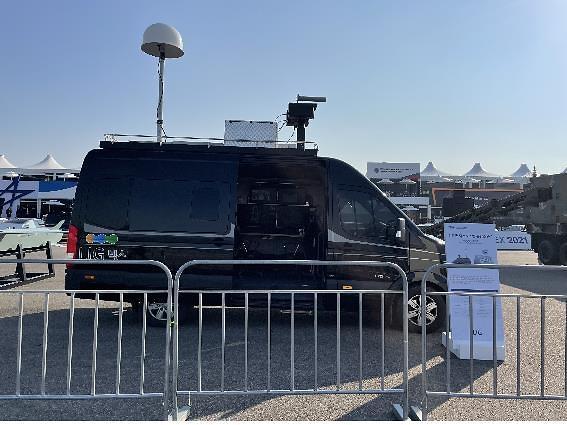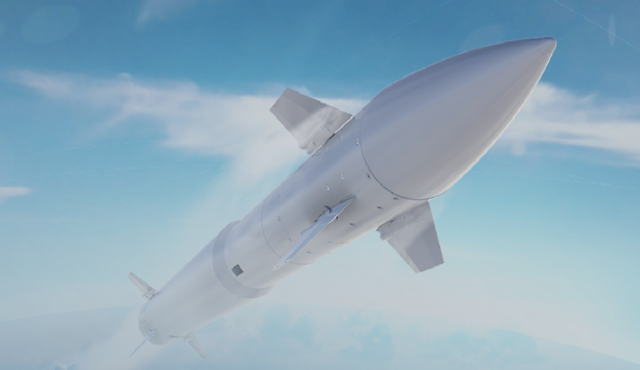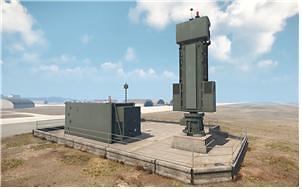
[Courtesy of LIG Nex1]
Cyber warfare involves hackers using information systems and the internet to disrupt or attack states or companies for strategic or military purposes. Cyber electronic warfare involves the use of electromagnetic energy to control the domain characterized by the use of electronics and the electromagnetic spectrum to use exchange data via networked systems and associated physical infrastructures. Russia and China have been active in cyber and electronic warfare.
LIG Nex1 and two partners were selected by the state-run Korea Research Institute for Defense Technology Planning and Advancement (KRIT) as the preferred bidder for the development of cyber electronic warfare technology that can neutralize weapon systems by remotely using wireless communication.
The Electronics and Telecommunications Research Institute (ETRI) will lead the development of cyber neutralization precision strike technology, and Korea University is responsible for the development of cyber target penetration and remote neutralization technology. "We will apply the technology developed through this project to core technologies for cyber electronic warfare to the latest electronic warfare weapon system," an unnamed LIG Nex1 official said in a statement on September 13.
LIG Nex1 would apply cyber electronic warfare technologies to the new version of electronic equipment for ships. South Korea has embarked on the development of naval electronic equipment with improved ability to respond to electromagnetic waves such as anti-ship guided missiles and radars.




